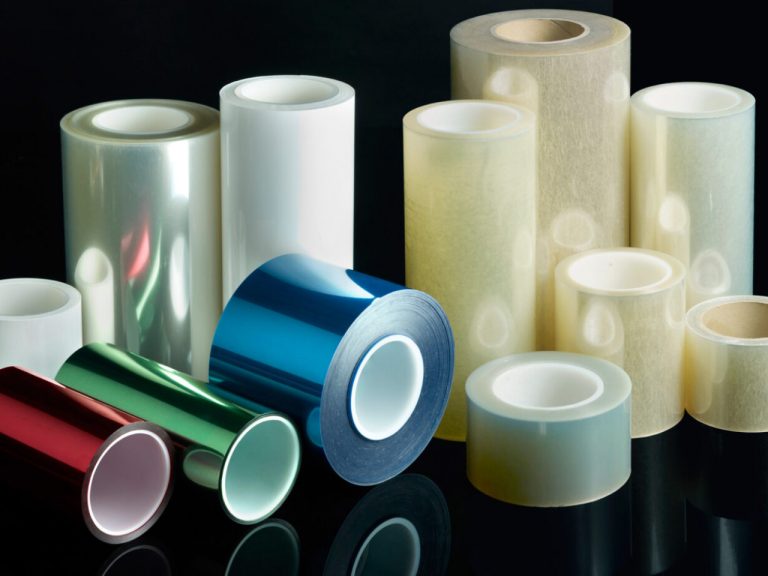How to Choose Protective Film
We have check list for you to choose the right protective film you need.
The checklist that follows is a rough guideline that can be used to help you zero in on the optimum protective film for your particular application. You will probably want to evaluate two or three different films to find the best performer for your requirements. The more specifically you can identify the requirements of your application, the closer you can come to finding that perfect film the first time around.

1. Identify the requirements for the ADHESIVE.
A. What surface is to be protected?
Metal type: ________________
Plastic type: ________________
Glass: ________________
High pressure laminate: ________________
Stone, ceramics tiles: ________________
Painted surface (fully cured): ________________
Other: ________________
B. What is the texture of the surface?
Smooth/glossy: ________________
Matte/textured/embossed: ________________
Coated? If yes, with what: ________________
C. What environmental issues might affect the adhesive?
Prolonged exposure to Sunlight / UV lighting: ________________
Temperature extremes: ________________
High positive pressure (such as the bottom unit of a tall stack): ________________
High negative pressure (wind or something pulling the away from the surface): ________________
High humidity: ________________
Moisture/rain/immersion: ________________
Chemical interaction with elements in the protected surface: ________________
Chemical interaction with elements in the environment: ________________
D. How long must the surface be protected?
Days ___ Weeks ___ Months ___
More than 6 months ___ More than a year ___
2. Identify the performance requirements for the protective FILM.
A. What does the film need to protect the surface from?
Abrasion:___ Staining:____
Scratching: ___ Etching: ___
Chipping: ___ Contamination: ___(over-spray, finger prints, dust, etc.)
B. What other properties are required from the film? __________________________
Does the protected surface need to be visible through the film? Yes No
Does the film need to stretch during stamping, forming or bending? Yes No
Does the film need to cut cleanly in a die press? Yes No
Does the film need a color tint to signal its presence? Yes No
Does the film need to have optical grade clarity? Yes No
Does the film need to protect against ESD (electrostatic discharge)? Yes No
3. Identify the size and dimensions of the tape/film product.
Does the film need to be perforated or cut to a shape? ___ width ___ length
Does the film need to be supplied as sheets on a release liner? Yes No
Will the film be dispensed by __ hand, from __ a dispenser or __ an applicator?
What roll/sheet dimensions are required?
___ Width ___ Maximum roll weight
___ Length ___ Maximum roll outer diameter
4. Assess the risks: what could possibly go wrong? Which of these might apply?
Adhesive could permanently bond the film to the surface. ___
Adhesive could stain the surface (ghosts of bubbles/wrinkles in the film).__
Adhesive could leave a sticky residue on the surface.___
Adhesive could lose its bond with the surface and fall off.___
5. Calculate your ROI: Do the potential rewards outweigh the potential risks?
reduced or eliminated surface damage: ___
greater customer satisfaction: ___
reduced shipping costs for returned goods: ___
reduced material costs due to rework: ___
reduced labor and handling costs due to rework: ___
reduced inventory holding costs: ___
greater plant capacity thanks to less rework: ___
over-time costs less: ___
higher morale in the executive suite: ____
6. And the last guideline yet the most important one is to send the film you are using( if you have ) and the target surfaces to our lab.
We have over 50 R&D staff who will help you to analyze which film will be a perfect match for your target surfaces.
Apply fresh samples to targeted surfaces and subject to probable usage environment and life cycle.
